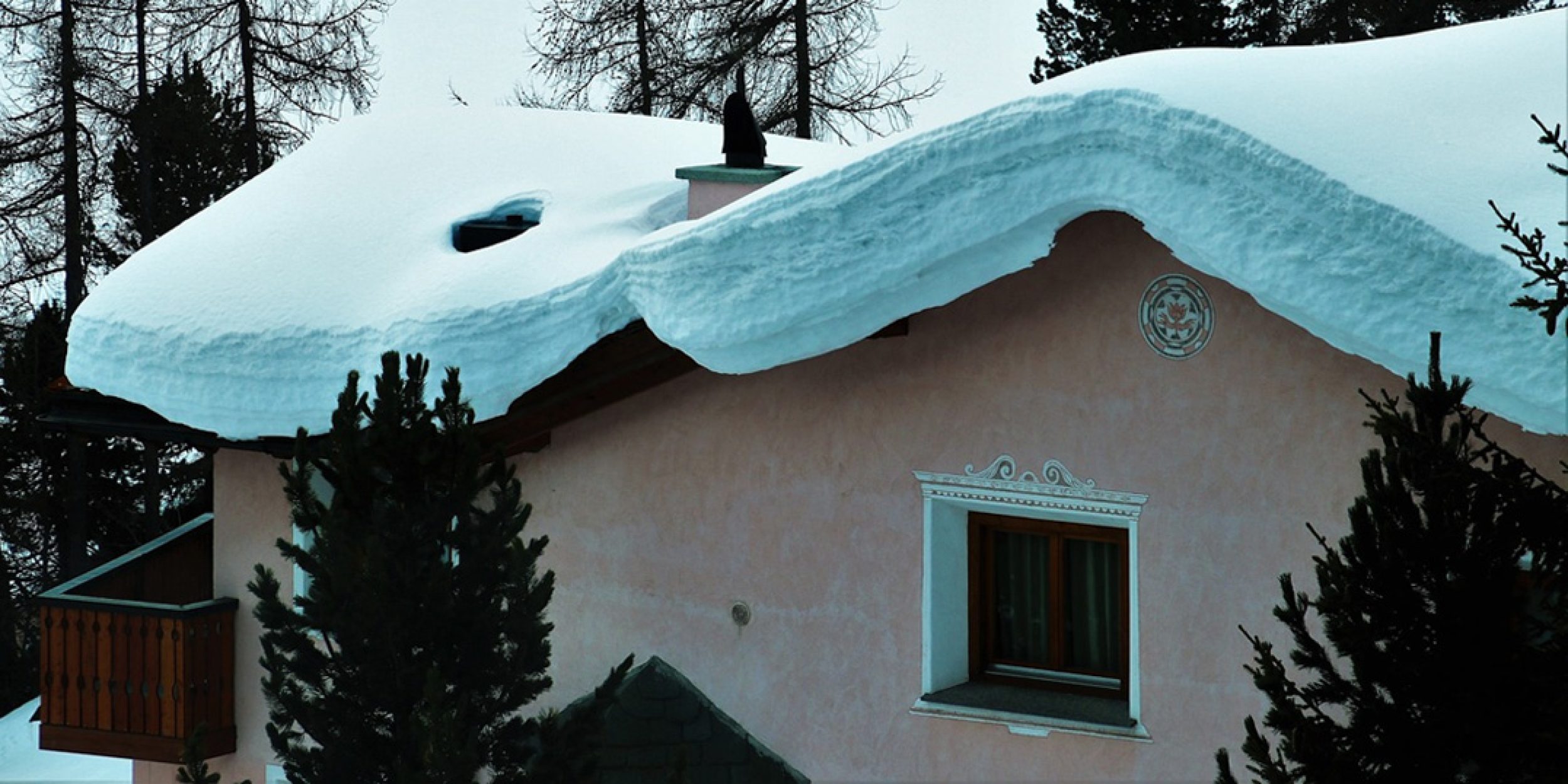Dan McEvoy, a researcher at the Desert Research Institute, has been awarded funding for their role as a co-PI in the climate projections project, “Understanding the Evolving Threat of Snow Loads and Rain on Snow Events to Structural Safety.”
In this study addressing the vulnerability of structures to extreme snow loads, Utah State University’s Brennan Bean will lead the study with support from Dan McEvoy of the Desert Research Institute, aiming to revolutionize design standards outlined by the American Society of Civil Engineers (ASCE), an integral part of building codes in the United States. Focusing on the potential increase in rain-on-snow (ROS) events due to climate change, the team uses the NOAA Geophysical Fluid Dynamics Laboratory’s SPEAR forecast system and climate models to simulate and predict extreme snow load scenarios. The study has the potential to provide the first-ever climate-change-informed design recommendations for the ASCE tool, ensuring the safety and resilience of structures in the face of evolving climate conditions. McEvoy will lead the creation of the ROS frequency model, estimating co-occurrence with peak snow loads, and validating the DRI ROS model. This work aligns directly with NOAA’s partnership with the ASCE to prepare the nation for the impacts of a changing environment with climate-ready infrastructure.
McEvoy will also develop downscaled climate profiles of SPEAR monthly output, enabling the team to create climate analogs and project future climate conditions for 2050 and beyond. This project will explore innovative approaches to model the transition of historical probability distributions of snow accumulation into adjusted distributions for future climate analogs. The work addresses urgent climate-related challenges in engineering practice and pioneers a methodology that can serve as a foundation for addressing environmental hazards within the context of building codes, ensuring the resilience of infrastructure over the next 50 to 100 years.
Funding for this project is provided by the NOAA Climate Program Office, MAPP program.



